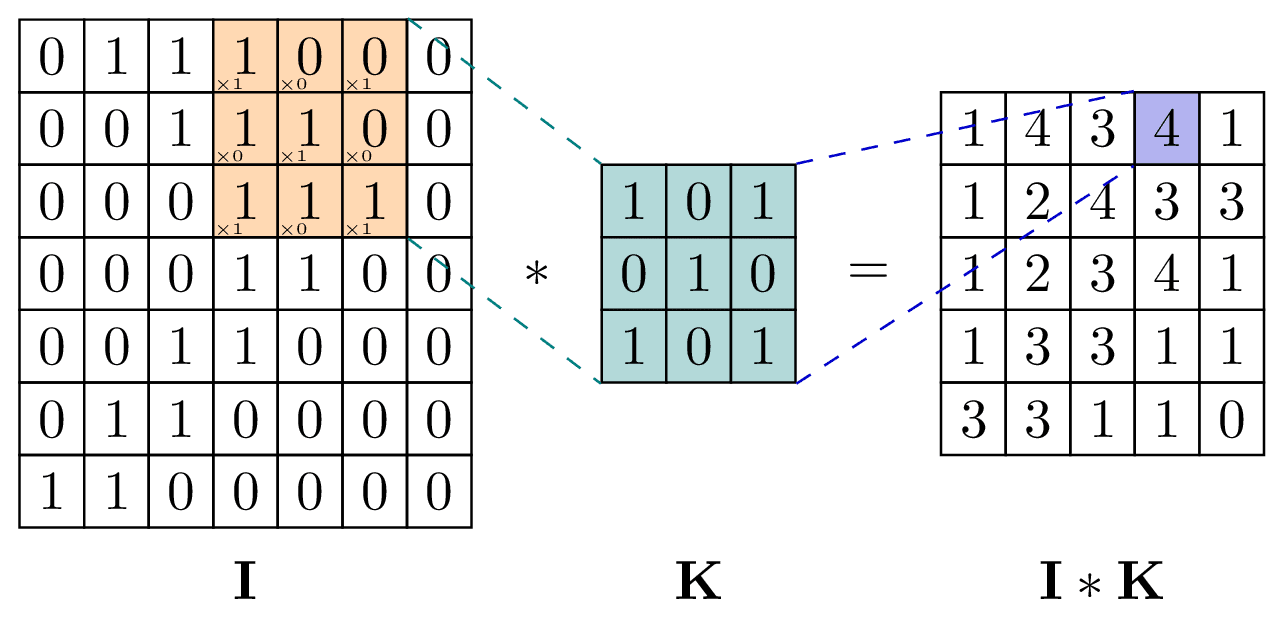2d Convolution
Creator: Petar Veličković (original)
A two-dimensional convolution operator slides the kernel matrix across the target image and records elementwise products. Makes heavy use of the matrix environment in TikZ.

Download
Code
2d-convolution.typ (136 lines)
2d-convolution.tex (56 lines)